Massimo’s Mission
The legacy of Massimo Damiani

In July 2009, Massimo Damiani presented with a mysterious neurological condition, broadly known as leukodystrophy, in which the wires of his brain were losing their protective insulation (myelin) causing him to lose skills. After months of exhaustive, and often invasive testing, the science of the day offered no answers. Without a specific genetic diagnosis there was no hope of developing a treatment for Massimo.
In 2010 an Australian-led research team pioneered a new ‘trio whole genome’ sequencing approach, and were, in a world-first, able to establish that Massimo’s condition was caused by changes in a gene, DARS. The team described a new disease: ‘Hypomyelination with Brain stem and Spinal cord involvement and Leg spasticity’, or HBSL, and discovered its genetic cause in a gene not previously associated with disease. This breakthrough enabled other patients with HBSL to be identified around the globe – patients who were previously undiagnosed or even misdiagnosed. Beyond the genetic diagnosis it offered patients and their families hope. However, as with many other rare diseases, there was no pathway to translate this diagnostic knowledge into a new clinical treatment. Tragically, Massimo passed away unexpectedly in December 2017 leaving this Earth far too soon. Massimo showed what the very best of humanity can achieve working together towards a common goal. However, his mission to close the loop from gene discovery to clinical treatment was not finished.
Massimo’s Mission brings together the very best of local and international talent to take the giant strides required to finish the mission. Massimo’s Mission aims to deliver rapid diagnosis and development of adaptable, repeatable and scalable disease-modelling and translational capabilities using HBSL as a ‘proof-of-concept’ from disease discovery through to clinical treatment.
Massimo Mission Streams
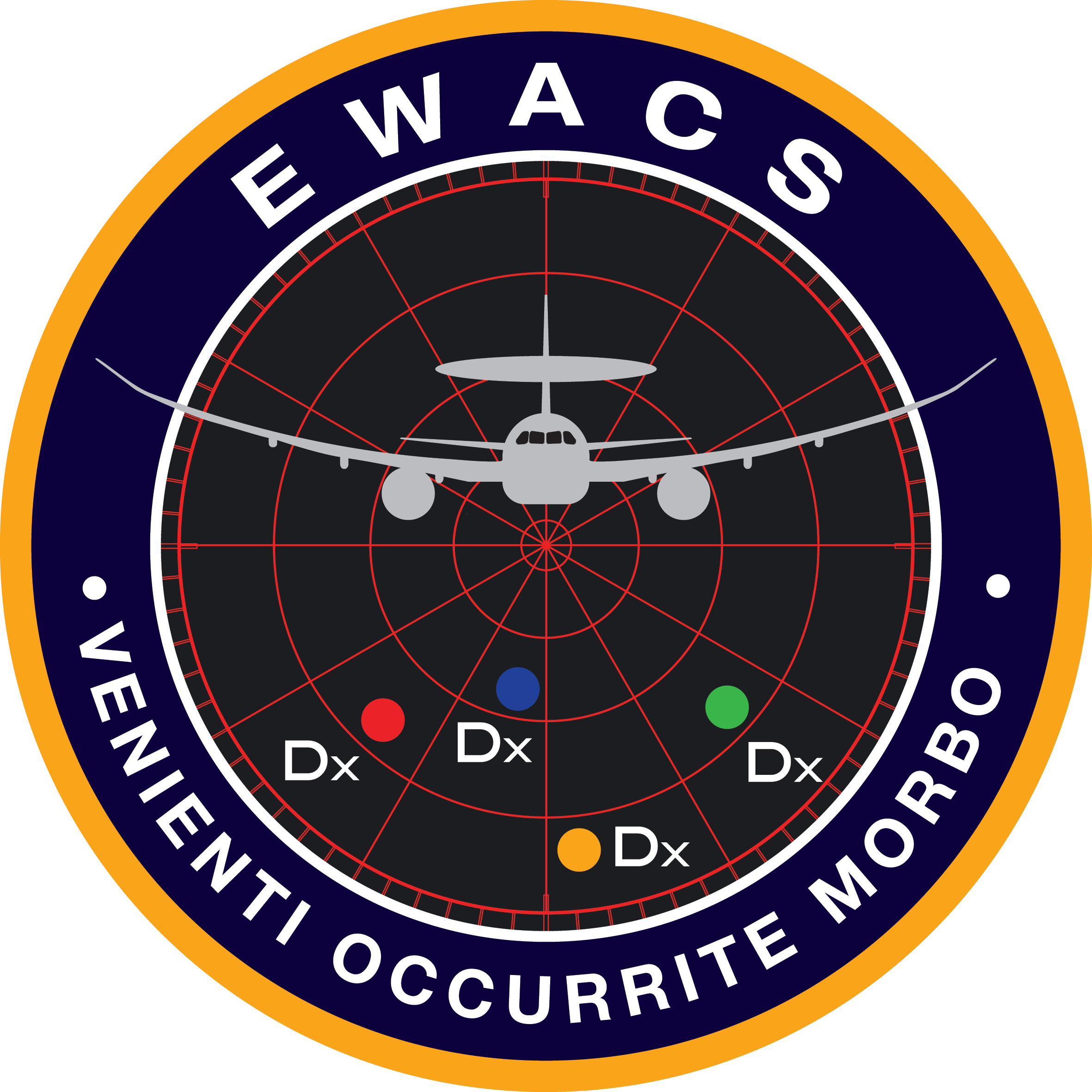
EWACS utilises the latest genomic sequencing technology to provide the most comprehensive analysis of all clinically relevant genes for rapid diagnosis of white matter disorders of known genetic cause.
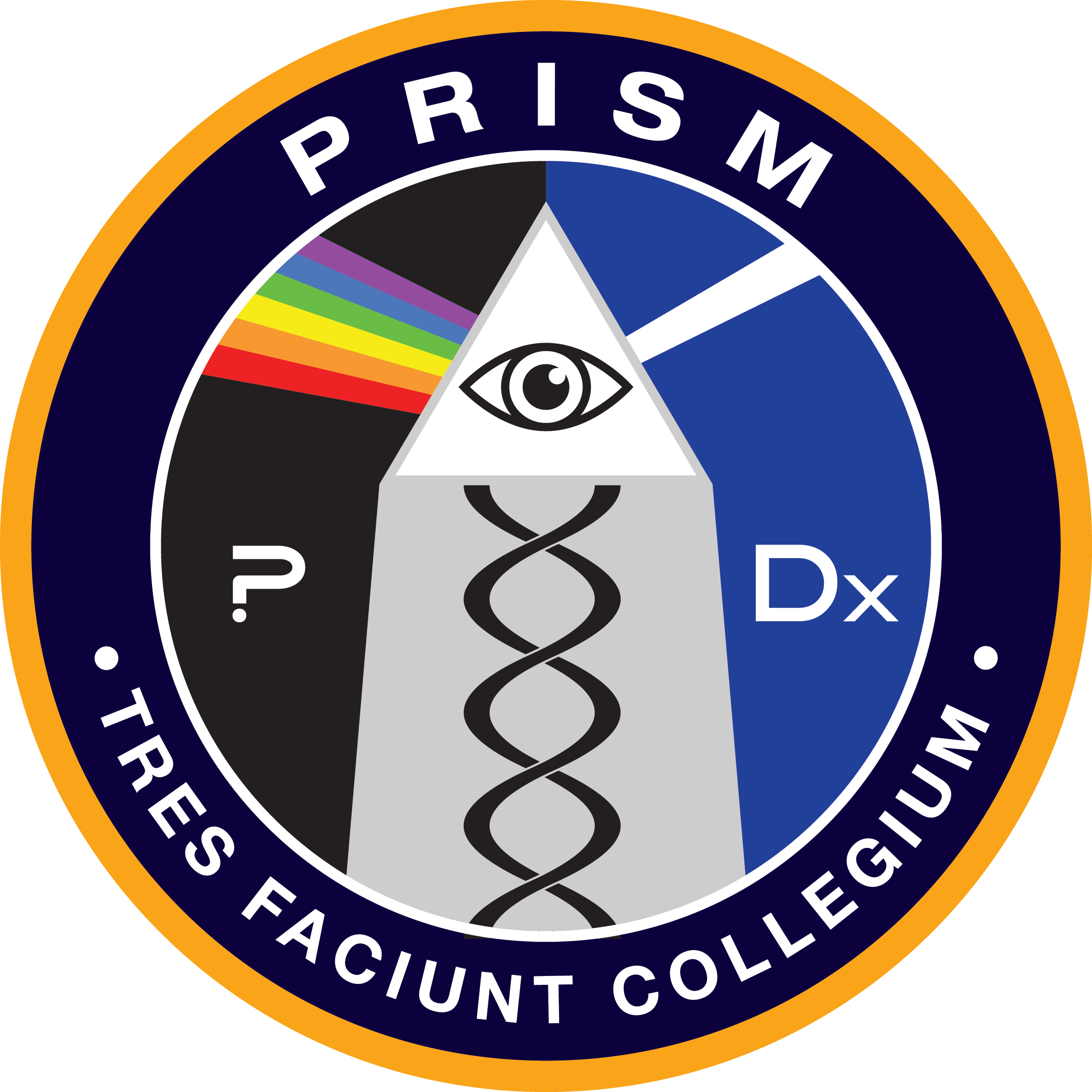
PRISM utilises advanced genomic technologies to lead to gene discovery for white matter disorders of previously unknown cause.

BLACKJACK is the Australian registry for patients with white matter disorders that contains clinical and imaging data.
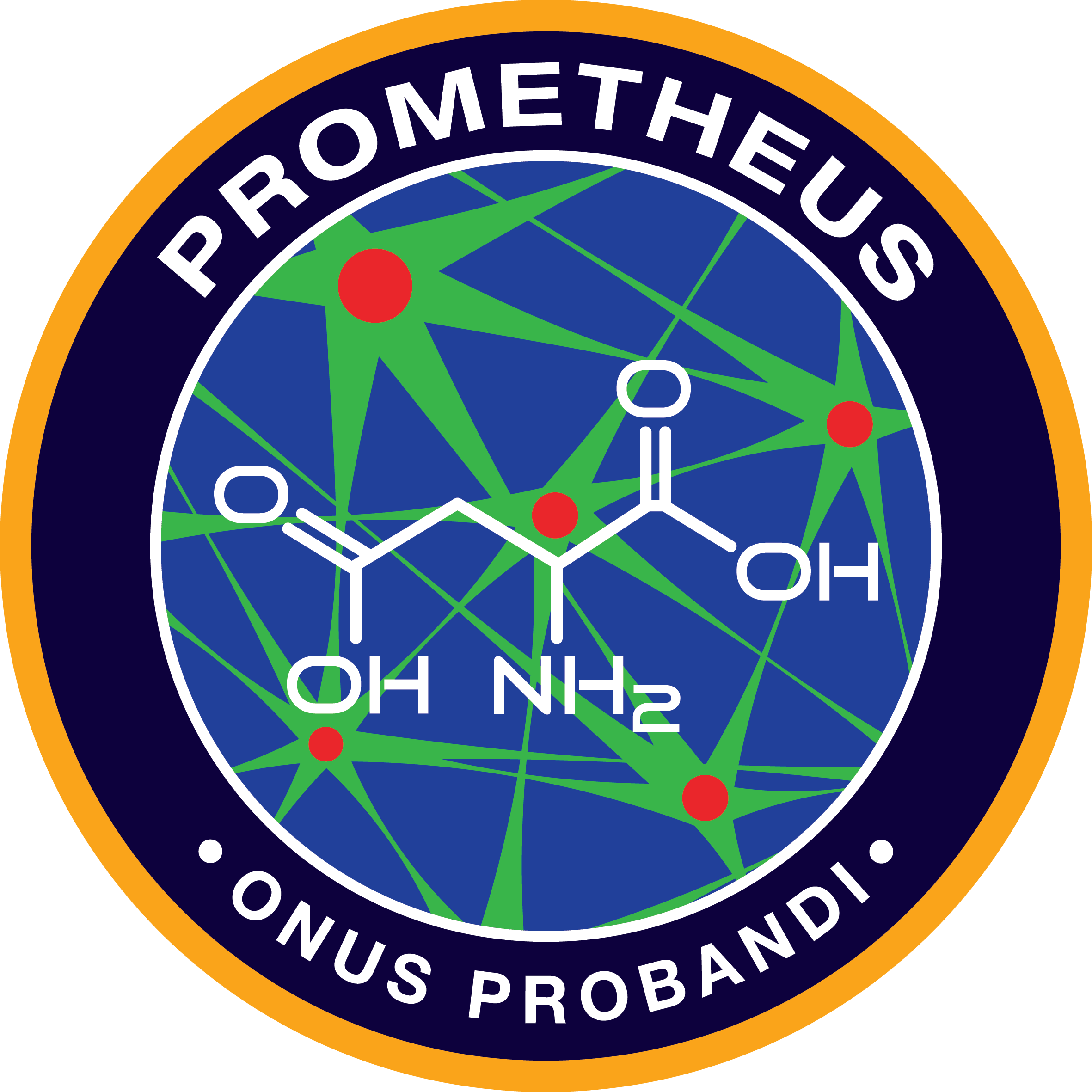
PROMETHEUS utilises cutting-edge induced pluripotent stem cell technology to offer unprecedented possibilities in modelling human diseases, literally in a dish.
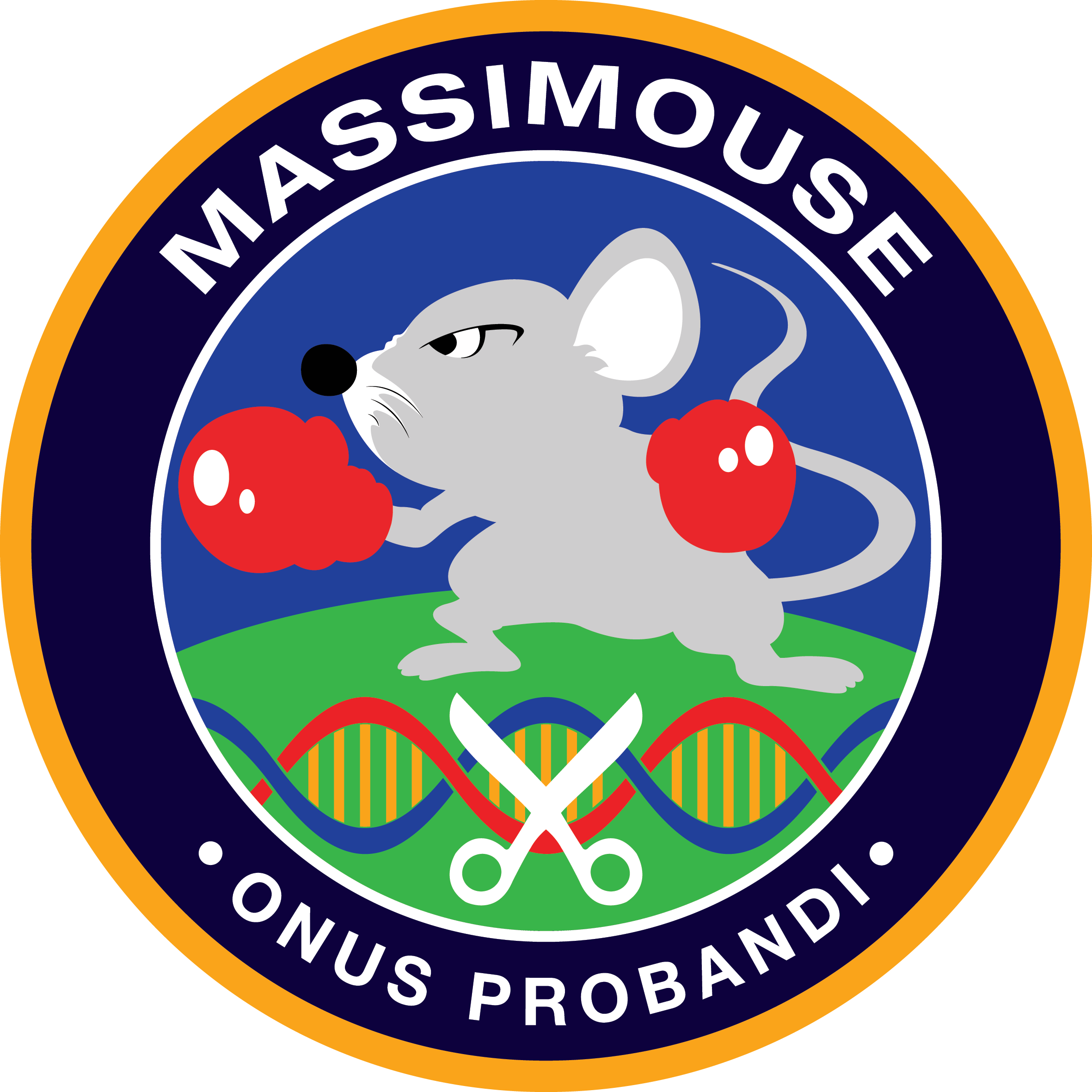
MASSIMOUSE CRISPR is an exciting new technology allowing the one-step generation of mice carrying patient matched point mutations. Using this technology, researchers have created the MASSIMOUSE which provides a secondary model of the disease to better understand the disease and test potential therapeutic options.
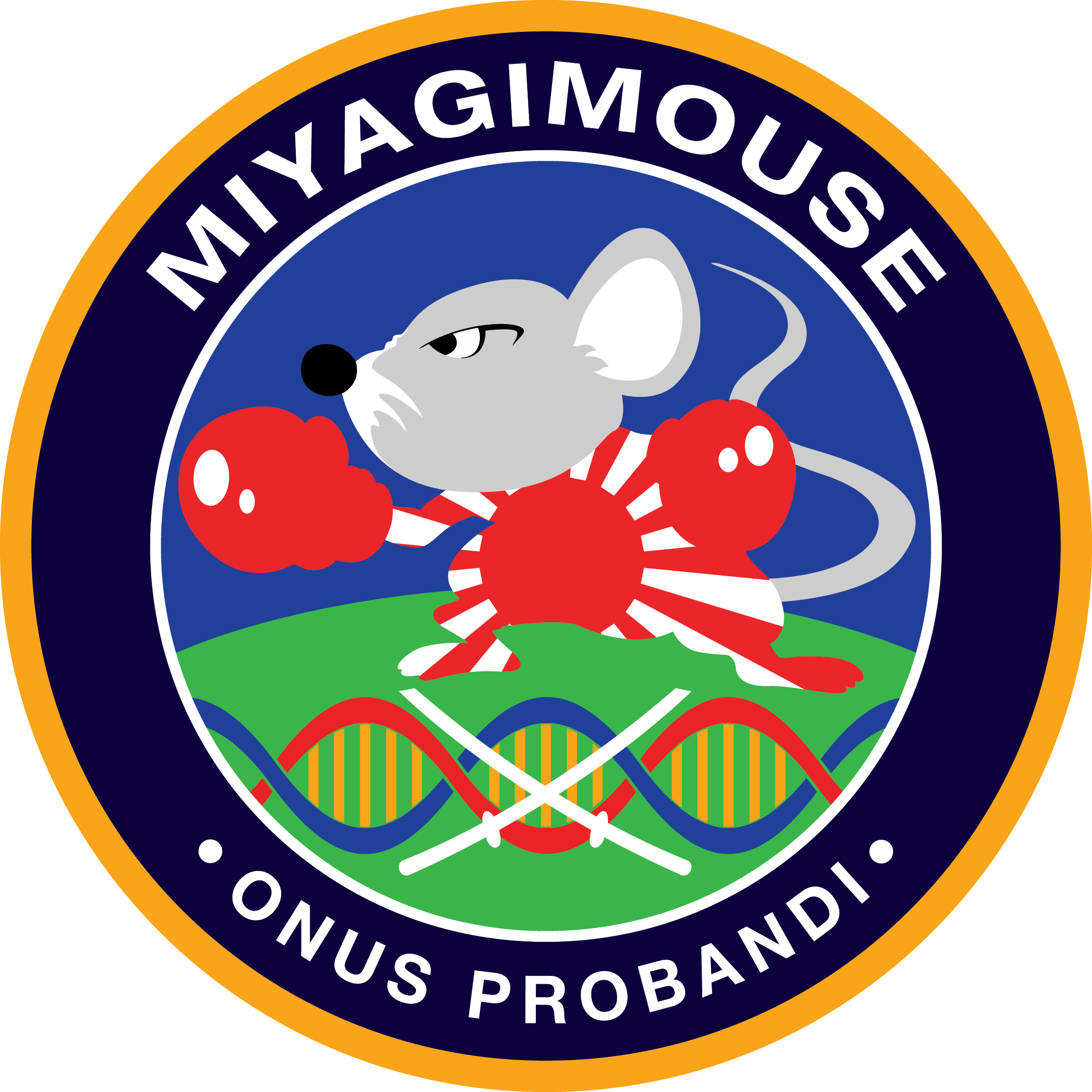
MIYAGIMOUSE is genetically engineered knock-out mouse with half an inactivated DARS gene (heterozygous). The MIYAGIMOUSE allows for cross breeding with the MASSIMOUSE, and other CRISPR generated mice to better understand the disease.

JOINT STRIKE VECTOR is an Adeno Associated Virus (AAV) gene therapy platform which is capable of correcting genetic mutations with no immune response, making it an attractive candidate for gene therapy and for the creation of human disease models with minimal risk of rejection.
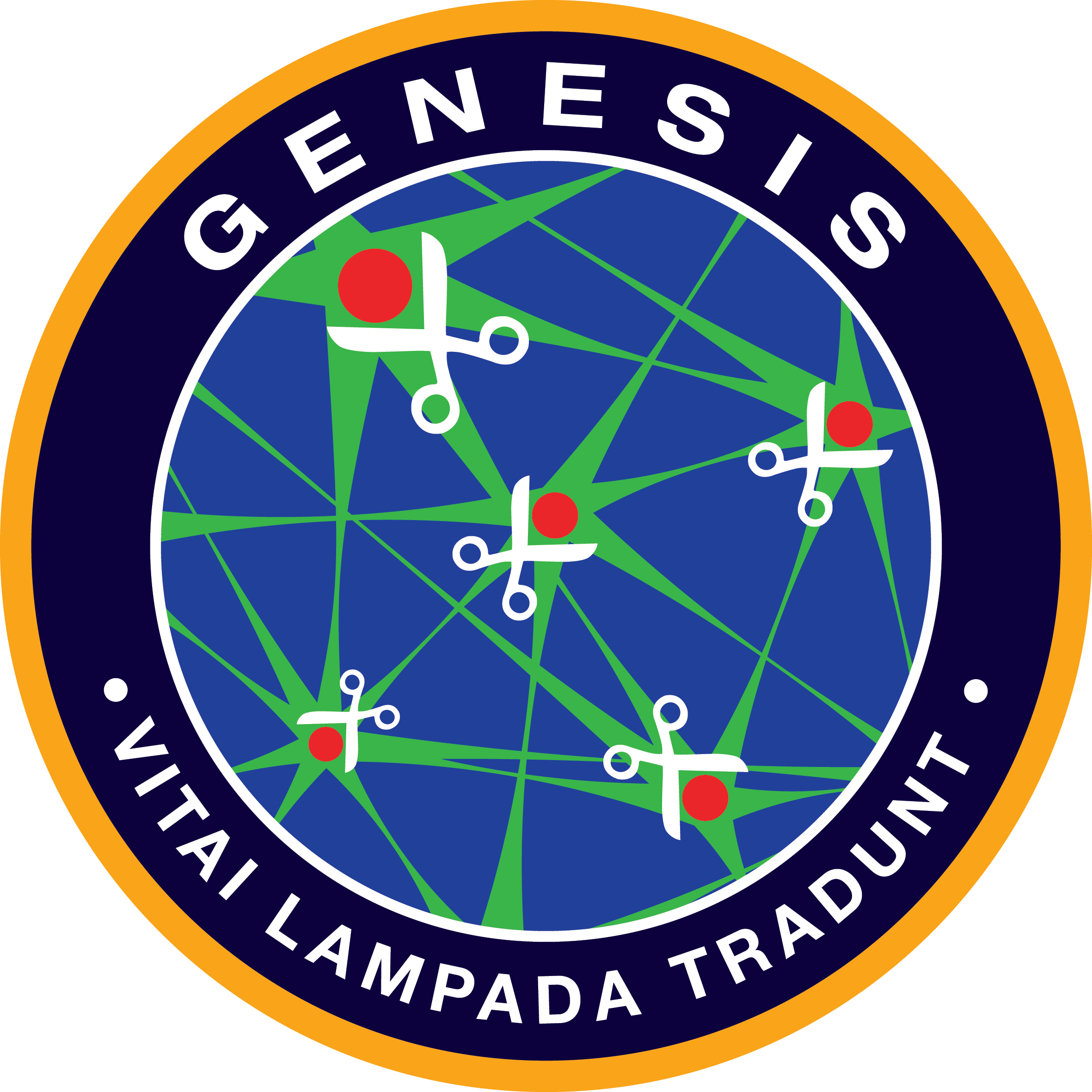
GENESIS utilises CRISPR editing techniques to correct mutations on patient derived induced pluripotent stem cells.
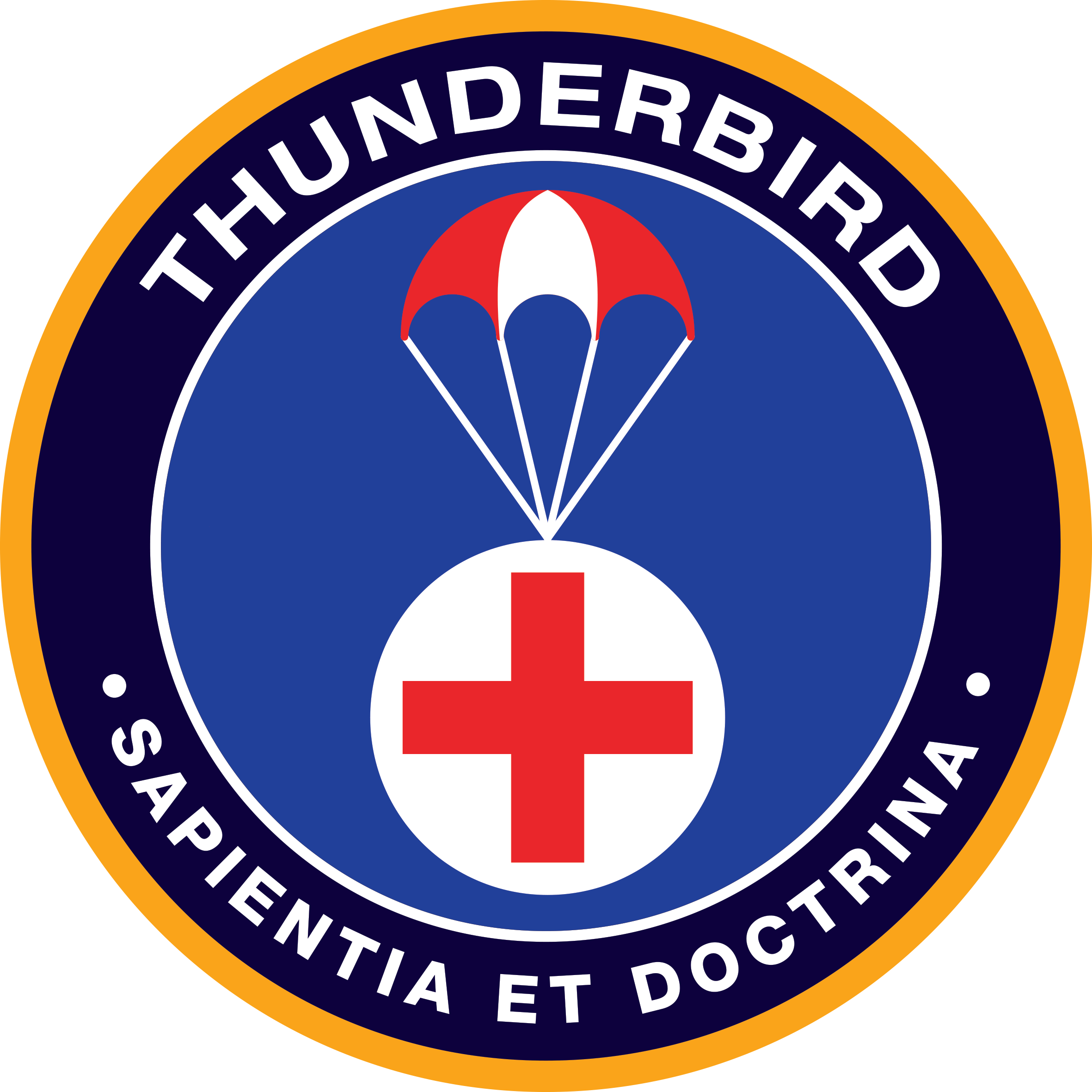
THUNDERBIRD aims to ‘close the loop’ and ‘complete the mission’ which begins with patient recruitment followed by genomic diagnosis, moving to disease modelling and then full circle back to the patient again with the promise of human clinical trials with precision treatments.